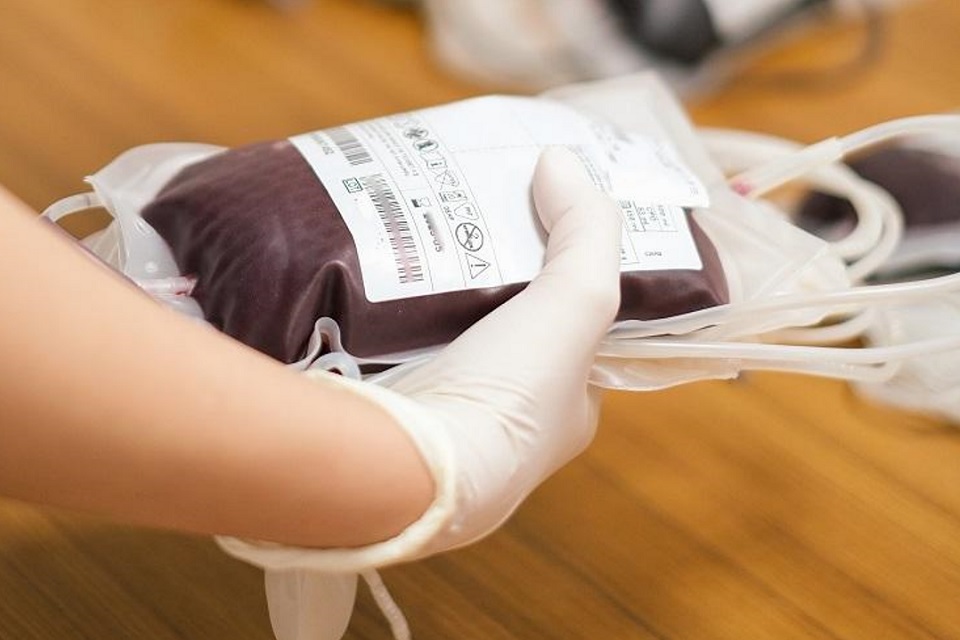Table of Contents
Stem cell donation is a life-saving procedure that has the potential to transform the lives of patients suffering from various diseases and conditions. It offers hope and a second chance at life for those in need. If you’re considering becoming a stem cell donor, it’s essential to understand the process and what happens after you donate.
What’s Stem Cell Donation?
Firstly, let’s answer a common question in this field. What is stem cell donation? In case you didn’t know, stem cells are the core of what we are as humans since they can develop into various tissues, cells, and more. When tissues or organs are damaged, these cells can repair them. Stem cell donation involves the extraction of these cells from a donor and transplanting them into a patient to replace or repair damaged cells.
How Does Stem Cell Donation Work?
The most common method of stem cell donation is through peripheral blood stem cell (PBSC) donation. This process is non-surgical and does not involve the extraction of bone marrow. Before the donation, donors receive injections of a medication called filgrastim for several days. With filgrastim, the production of stem cells increases and they reach the bloodstream from bone marrow.
Once enough stem cells have been produced, the donor’s blood is collected through a process called apheresis. During this technologically-advanced process, a special machine is used to separate stem cells from blood. So, blood is taken from one arm and then put back into the other after going through this clever device. Although every case is different, you can expect to be an outpatient for up to six hours while all this takes place.
Post-Donation – How Does It Work?
Once you’ve donated, some people will experience some side effects. For example, this can include aches in the muscles, headaches, and tiredness. These are generally mild and temporary, resolving within a few days to a week. The donor’s body replenishes the donated stem cells within a few weeks, restoring normal blood cell production.
Once the stem cells are collected, they are carefully processed and stored until they can be transplanted into a patient. In most cases, the recipient will need to go through radiation therapy or another type of preparatory treatment. This helps eliminate the patient’s diseased or damaged cells and creates space in their bone marrow for the transplanted stem cells to grow and thrive.
After the transplant, the patient enters a recovery phase during which healthy blood cells are produced as the stem cells work their magic. This process, known as engraftment, typically takes a few weeks. This is a sensitive time for all involved because the body can reject the cells, so the patient is monitored.
Generally, some people recover quicker than others. While tiredness, infections, and sickness are normal, it’s important to maintain a dialogue with your medical professionals. Since the immune system is weaker during this time, it’s important to look after yourself and take precautions. Supportive care, including medications and close medical supervision, is provided to manage these side effects and ensure the patient’s well-being.
Over time, the transplanted stem cells continue to grow and replenish the patient’s blood and immune system. For some time after the treatment, doctors will request various appointments to check on the patients health; a proactive approach is best to highlight potential problems. With the successful engraftment of stem cells, patients often experience a significant improvement in their condition and quality of life.
As you may know, a stem cell donor is a voluntary and altruistic act; the decision to donate stems from a desire to help others and make a positive impact on someone’s life. By donating stem cells, you have the potential to provide hope and a chance for recovery to those in need.
Why not consider donating today and changing somebody’s life? Become a hero today!





No Comments